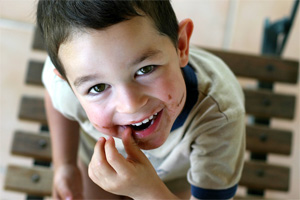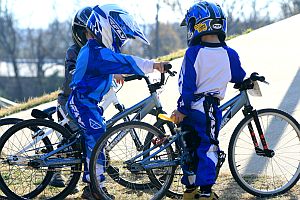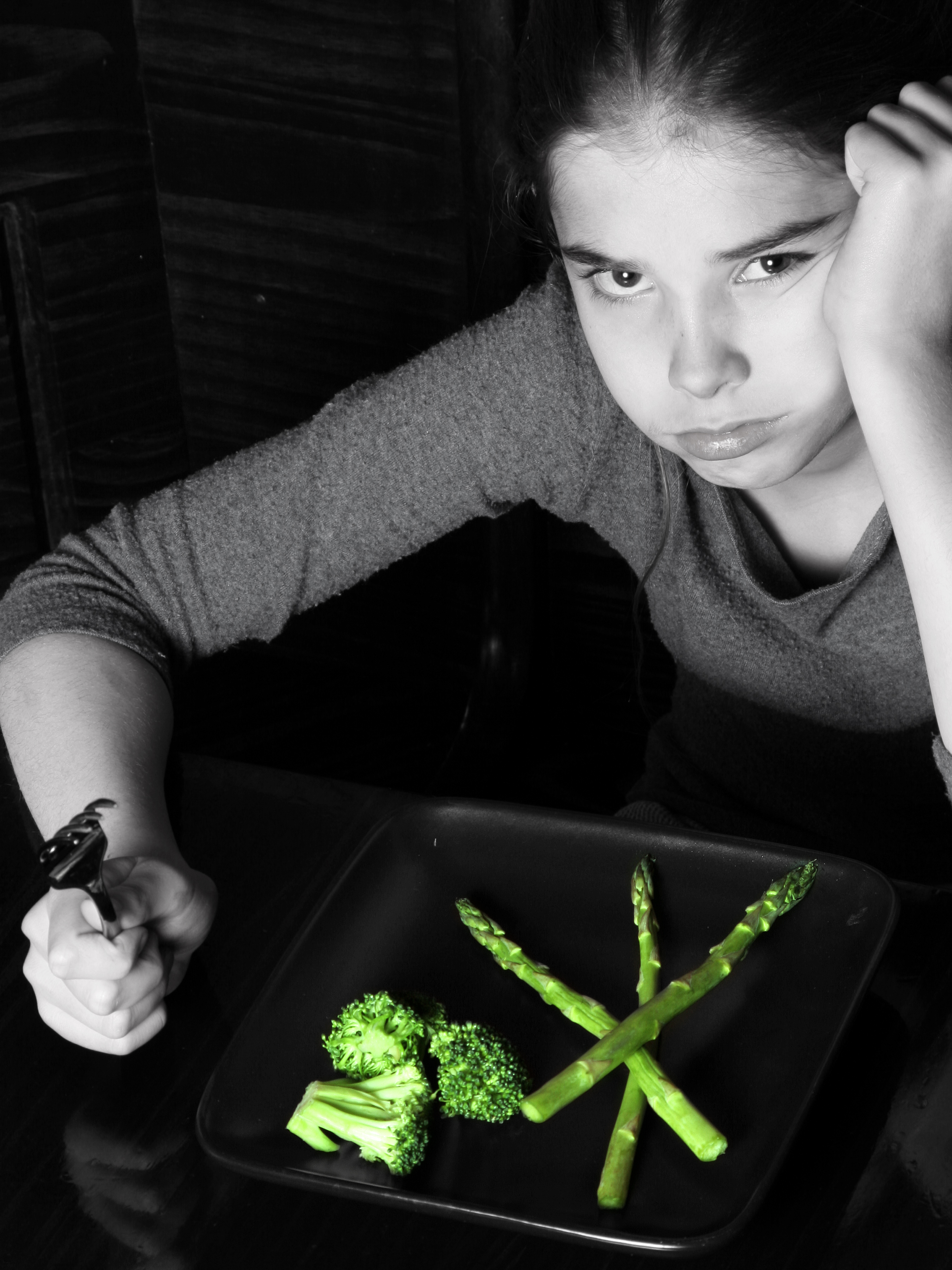Growth Plate Injuries: What Parents Should Know

For a child, falling down is almost inevitable and generally doesn’t result in a trip to the emergency room. However, even minor falls can sometimes cause serious injuries. If you hear a cracking sound or if your child has bruising, swelling, or a limb deformity, there’s a chance your child may have broken a bone and you should seek medical attention right away if you notice these symptoms. Most types of breaks are routine (for the medical staff if not for the parent), but those involving a growth plate can present complications and require extra attention.
There is a marked difference between the bones of an adult and those of a child. Children have what are called physes—that is, growth plates. These growth plates are located at the end of long bones in the arms and legs. The growth plates, made of soft, rubbery cartilage, cause the bone to grow in length. Growth plates are found near the shoulder joint, elbow joint, hip joint, knee joint, ankle joint and wrist joint. Of the six main locations the ankles and wrists are particularly vulnerable to harm.
Growth plate damage can lead to long term problems. When a growth plate is injured, the bone may stop or slow growing. This is why it is essential to seek qualified medical treatment immediately to avoid problems later in life. If injured, a child should under no circumstances “walk it off.”
It is imperative to get the child to a doctor as soon as possible if you suspect a growth plate break. Growth plates heal quite rapidly, which gives doctors only a very short window to do non- surgical manipulations in order to set broken bones correctly. If your child has a minor, non-displaced break, the doctor may treat it like a sprain and recommend a splint, cast, or walking boot to protect the area for four to six weeks. Usually, these types of fractures do not require long-term care. Preferably, a growth plate fracture should be set within a week of injury.
When a child’s bone has moved or been displaced, an orthopedist can set the bone back in place in the emergency room without the need to operate. The child will be anaesthetized in the emergency department, and the doctor will use X-rays to determine where to correctly move the bone. Once the bone has been set, the doctor will set a cast in order to keep the bone in place. Usually the child will be allowed to go home that night, but occasionally they will be admitted to ensure the swelling is not too severe. Proper care and follow up will likely involve physical therapy and doctor’s visits for the next half a year.
Most growth plate fractures heal properly and do not result in any long-term issues. Once in a while, the bone stops growing and winds up shorter than the other appendage. For example, a fractured leg might become shorter than the opposite leg. Early detection that growth is unequal between the two limbs is essential. However, this is a true minority of cases and most children heal just fine.

